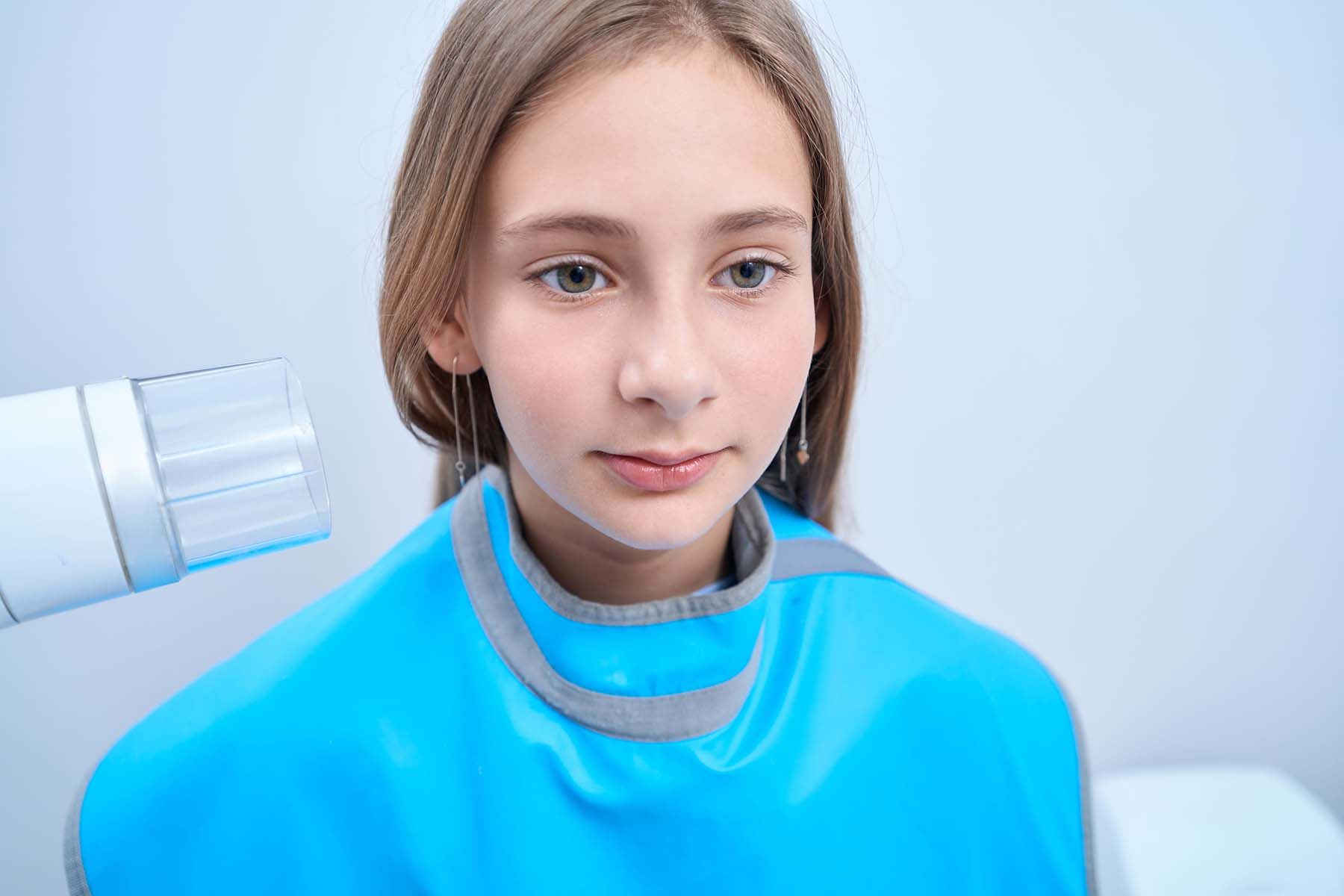New ADA Guidelines for Enhanced Radiography Safety Suggest No Longer Using Lead Abdominal Aprons
ADA Council on Scientific Affairs’ recommendations include appropriate, justified use of dental x-rays, and discontinuing use of lead abdominal aprons and thyroid collars.
ADA Releases Updated Recommendations to Enhance Radiography Safety in Dentistry | Image Credit: © Svitlana - stock.adobe.com

In a recent development, the American Dental Association (ADA) Council on Scientific Affairs has put forth revised recommendations to bolster safety measures in dental radiography. The updated guidelines specifically advocate for the judicious use of dental x-rays while discontinuing the utilization of lead abdominal aprons and thyroid collars.
The expert panel established by the ADA Council on Scientific Affairs has concluded that the use of lead abdominal aprons or thyroid collars during dental x-rays is no longer advisable. The recommendations emphasize that dentists should carefully assess the diagnostic information required from x-rays to contribute to optimal patient care or significantly enhance clinical outcomes.
Published on February 1 in the Journal of the American Dental Association, these new guidelines aim to enhance radiation protection in both dental radiography and cone-beam computed tomography (CBCT). The panel received support from medical physicists associated with the U.S. Food and Drug Administration (FDA) in formulating these recommendations, marking the first set of guidelines on dental imaging safety and radiation protection from the Council since 2012. Furthermore, these recommendations align with recent guidelines released by the American Academy of Oral and Maxillofacial Radiology.
Following a comprehensive review of published studies on radiography, the expert panel determined that lead aprons and thyroid collars are unnecessary for shielding patients from radiation exposure. These recommendations apply universally to all patients, irrespective of age or health status, including pregnancy. Modern digital x-ray equipment, combined with restricting the beam size to the targeted imaging area, proves to be more effective in shielding patients from radiation exposure to other body parts. Lead aprons and thyroid collars can obstruct the primary x-ray beam, hindering dentists from obtaining the required image.
Purnima Kumar, DDS, PhD, Professor of Dentistry and Chair of the Department of Periodontology and Oral Medicine at the University of Michigan School of Dentistry and Chair of the ADA Council on Scientific Affairs, emphasizes the importance of ordering radiographs in moderation to minimize exposure to ionizing radiation for both patients and clinicians.
“When this happens, more radiographs need to be taken, and unnecessary x-rays are what we want to avoid,” says Dr Kumar in a press release. “The central point of these recommendations is that clinicians should order radiographs in moderation to minimize both patients’ and dental professionals’ exposure to ionizing radiation.”
- The recommendations also advise dentists to safeguard patients against unnecessary radiation by exposure and offers the following guidelines to consider:
- Ordering radiographs to optimize diagnostic information and enhance patient care outcomes and making every effort to use images acquired at previous dental exams.
- Using digital imaging instead of conventional x-ray film.
- Restricting the beam size during an x-ray exam to the area that needs to be assessed (an approach called “rectangular collimation”).
- Properly positioning patients so the best image can be acquired.
- Incorporating CBCT only when lower-exposure options will not provide the necessary diagnostic information; and
- Adhering to all applicable federal, state, and local regulations on radiation safety.
“We encourage dentists and their teams to review these best-practice recommendations, comply with radiation protection regulations and talk with their patients about any questions or concerns before ordering dental imaging,” Dr Kumar adds in the press release.
For the complete set of recommendations, visit JADA.ada.org.
The ADA, which represents 159,000 dentist members, has been advocating for public health and promoting the art and science of dentistry since 1859. The ADA's state-of-the-art research facilities contribute to the development and testing of dental products and materials, enhancing the practice of dentistry, and improving the patient experience.
How Dentists Can Help Patients Navigate Unforeseen Dental Care
December 12th 2024Practices must equip patients with treatment information and discuss potential financing options before unexpected dental treatments become too big of an obstacle and to help them avoid the risk of more costly and invasive procedures in the future.